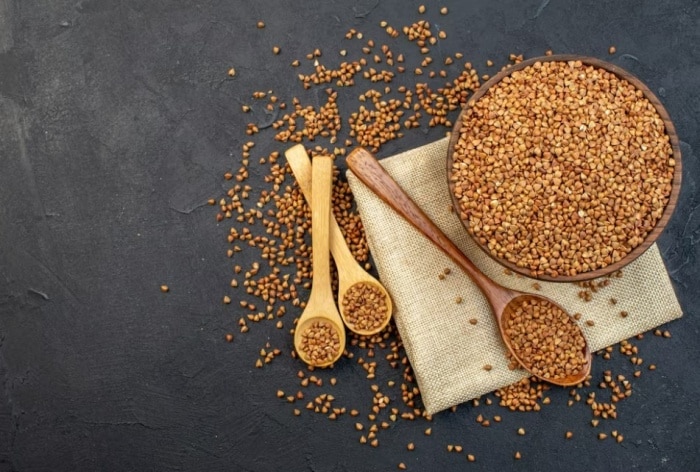Finger millets or ragi has become a health trend. People have started resorting to Ragi as a healthy alternative to everyday atta that we use. Here is why finger millets should be on your recipe book too!

Finger millet, scientifically known as Eleusine coracana, is a remarkable grain that has been a staple food in many parts of the world for centuries. Packed with essential nutrients and health-promoting compounds, this humble grain offers a plethora of benefits for both your well-being and the environment.
FINGER MILLET HEALTH BENEFITS
Finger millet is renowned for its exceptional nutritional profile. It is a rich source of vital nutrients, including dietary fiber, calcium, iron, magnesium, and B-vitamins like thiamine and riboflavin. These nutrients are essential for overall health, making finger millet a valuable addition to your diet.
- Gluten-Free Alternative: For individuals with gluten sensitivity or celiac disease, finger millet is a fantastic gluten-free grain option. It can be used to prepare a variety of dishes, including porridge, bread, and pancakes, providing a safe and nutritious alternative to wheat and other gluten-containing grains.
- Blood Sugar Regulation: Finger millet has a low glycemic index, which means it helps regulate blood sugar levels. The slow digestion of carbohydrates in finger millet can prevent rapid spikes and crashes in blood glucose, making it an excellent choice for individuals with diabetes or those looking to manage their blood sugar levels.
- Rich in Antioxidants: This ancient grain is packed with antioxidants like phenolic acids and flavonoids. These compounds help combat oxidative stress in the body, reduce inflammation, and protect cells from damage caused by free radicals. Incorporating finger millet into your diet can contribute to better overall health and potentially reduce the risk of chronic diseases.
- Heart Health Promotion: Finger millet’s high fiber content and healthy fats make it a heart-healthy grain. Regular consumption may help lower cholesterol levels, reduce the risk of cardiovascular diseases, and improve overall heart health.
- Weight Management: The fiber in finger millet contributes to a feeling of fullness, which can aid in weight management by reducing overeating and unhealthy snacking. Additionally, its nutrient density makes it a valuable component of a balanced diet for those aiming to shed pounds.
- Environmental Sustainability: Finger millet is a hardy crop that can thrive in challenging environmental conditions, such as drought and poor soil quality. Its resilience makes it an environmentally sustainable choice for food production, requiring fewer resources compared to other grains.
- Versatility in Cooking: Finger millet can be used in a variety of dishes, from porridge to baked goods and even as a base for traditional fermented foods like idli and dosa. Its neutral flavor allows it to blend seamlessly into various recipes while adding a nutritional punch.
Finger millet is not just a nutritious grain but also a versatile and sustainable choice for both individual health and global food security. Its benefits, including its high nutritional content, gluten-free nature, blood sugar regulation, and heart-healthy properties, make it a valuable addition to your diet. Whether you’re seeking to improve your health or reduce your environmental footprint, consider incorporating finger millet into your meals to enjoy its many advantages.
